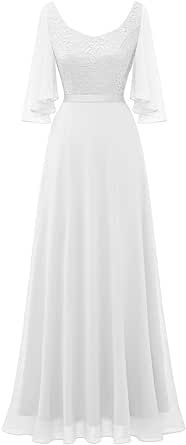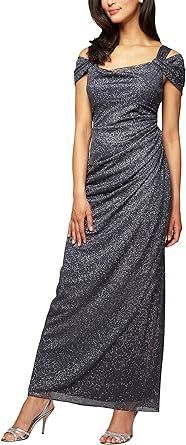Welcome to our unique online store for trendy products, where style meets innovation! We take pride in offering you a wide selection of the most fashionable and up-to-date items that will accentuate your individual style. Our assortment is constantly updated to align with the latest fashion trends and satisfy the most refined tastes of our customers.
From trendy clothing and footwear to accessories and home goods, we keep an eye on hot trends to bring you only the best. Our team carefully curates products from leading brands and talented designers, ensuring the high quality of each item you purchase.
Features of our store:
-
Exclusive Collections: We regularly collaborate with designers to create unique and exclusive collections that you won't find anywhere else.
-
Trend Watching: We closely monitor the latest fashion trends to provide you with access to the most current and stylish items.
-
Quality First: We guarantee the high quality of every product in our range. Only the best materials and meticulous craftsmanship.
-
Affordable Prices: We believe that style should be accessible to everyone, so we offer reasonable prices for our trendy products.
-
Fast Delivery: We understand that you want to receive your purchases as quickly as possible, so we offer fast and reliable delivery.
Don't miss the chance to stand out from the crowd and add stylish trends to your wardrobe or home. Welcome to the world of trends and style with our online store!






